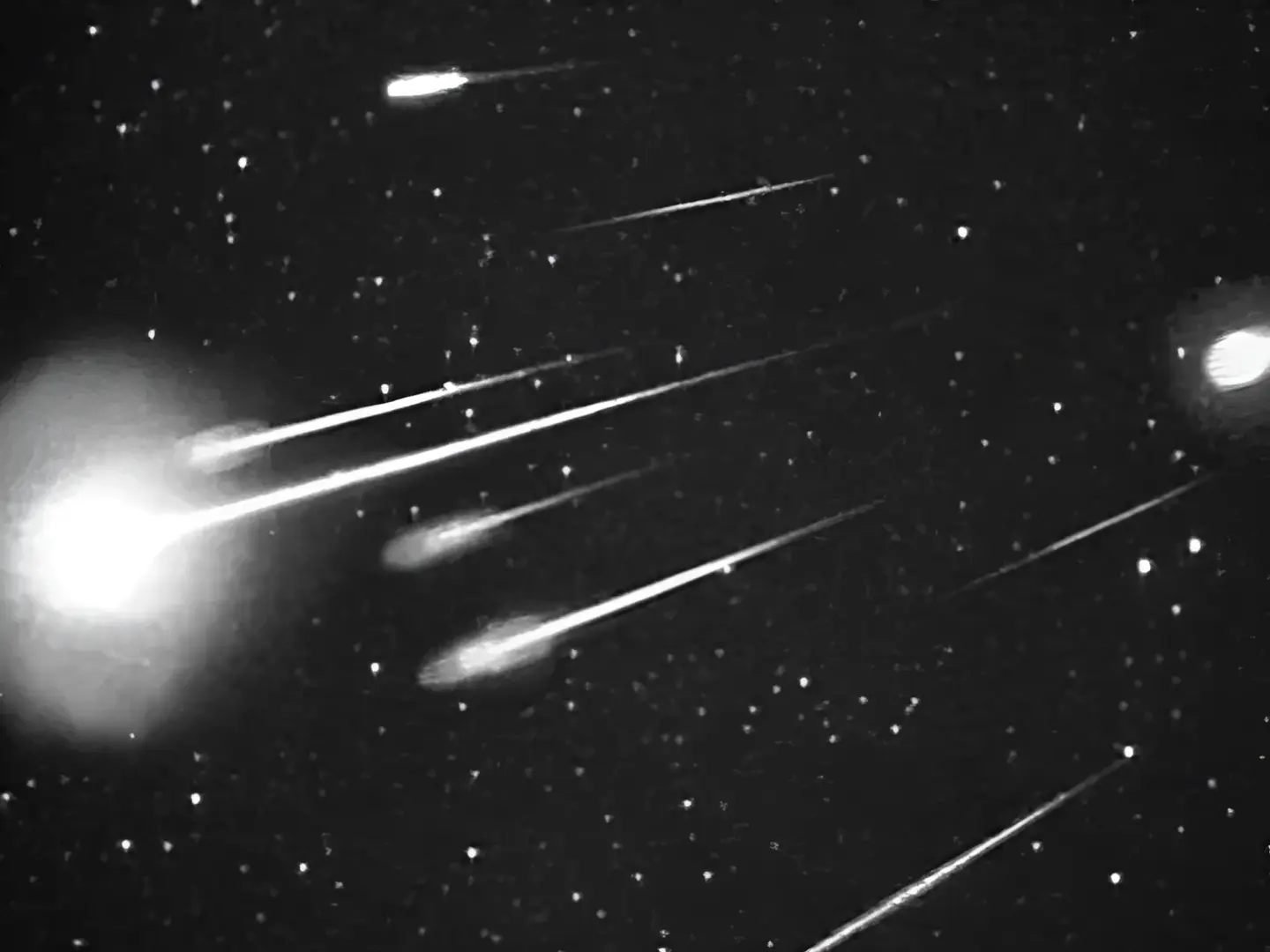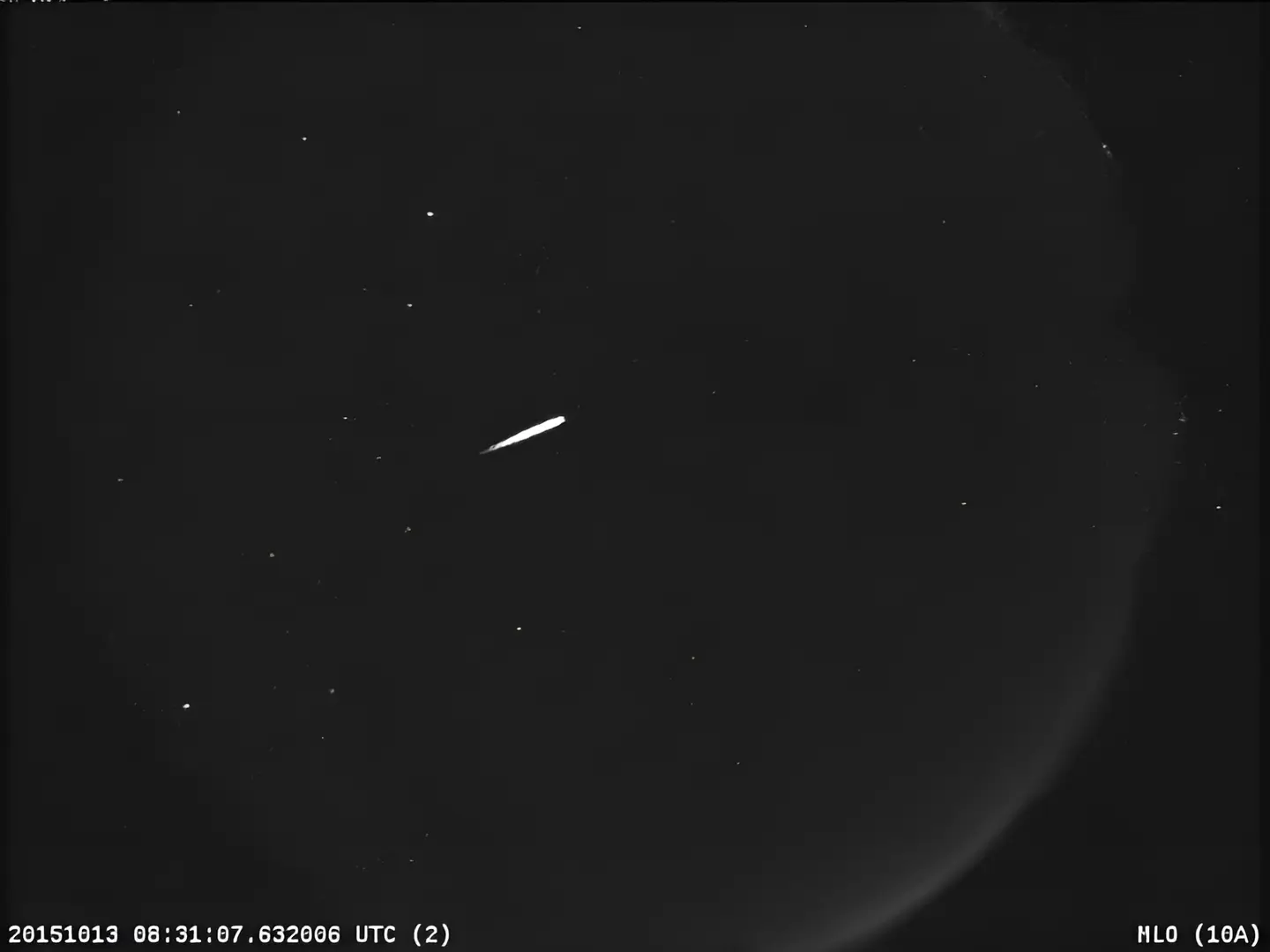In the hustle and bustle of modern life, it’s easy to feel disconnected from the vast expanse of the cosmos above. With pervasive light pollution dimming our view of the stars, many of us scarcely glimpse the night sky before drifting off to sleep. Yet, amidst this disconnect, lies a simple remedy: venturing beyond city limits to witness a meteor shower.
Meteor showers are celestial occurrences when Earth passes through debris left over from asteroids or comets. These leftovers ignite as they approach Earth’s atmosphere, producing the brilliant streaks of light known as shooting stars.
ZHR stands for Zenithal Hourly Rate. It’s a term used in meteor astronomy to describe the number of meteors an observer would see under ideal conditions if the radiant of a meteor shower were directly overhead (at the zenith) and if the sky were perfectly clear and dark. Essentially, it’s a standardized way to compare the observed rates of meteor showers regardless of the observer’s location or the time of night.
Types of Meteor Showers
Lyrids meteor shower
Peak : April 15th, -April 29th
ZHR: 18 meteor showers per hour
Constellation Named After: Lyra

Astronaut Don Pettit aboard the International Space Station captures breathtaking images of Earth at night during the 2012 Lyrid meteor shower, with meteors ablating in the atmosphere.
Image credit:NASA/JSC/D. Pettit
The Lyrids meteor shower, an ancient celestial spectacle dating back 2,700 years, enchants skywatchers with its swift and luminous meteors. Unlike the renowned Perseids, the Lyrids offer their own captivating display, with occasional bursts of up to 100 meteors per hour. Historic sightings in 1803 (Virginia), 1922 (Greece), 1945 (Japan), and 1982 (U.S.) have left indelible marks on human memory, reaffirming the Lyrids’ enduring allure.
These meteors, originating from comet C/1861 G1 Thatcher, traverse the sky with grace, leaving behind sporadic flashes known as fireballs. Although they lack the persistent trails of some meteor showers, their brilliance is no less mesmerizing.
For optimal viewing, seekers of celestial wonders should venture into the Northern Hemisphere during the dark hours, after moonset, and before dawn. Away from city lights, recline comfortably and direct your gaze eastward. Patience becomes a virtue as your eyes adjust to the darkness, unveiling the celestial ballet that unfolds above.
As Earth traverses the debris trails left by comet Thatcher, the Lyrids make their grand entrance near the constellation Lyra, emanating from the radiant point near the illustrious star Vega.
In this convergence of ancient tradition and modern fascination, the Lyrids meteor shower continues to weave its tale across the canvas of the night sky, inviting humanity to partake in its timeless dance.
Perseid meteor shower
Peak Time: Night of August 12 and before dawn on August 13.
Constellation Named After: Perseus.
ZHR: 100-150 meteor showers per hour

A mesmerizing moment captured as a meteor blazes through the darkness during the annual Perseid meteor shower on August 12, 2016, in Spruce Knob, West Virginia.
Image credit:NASA/Bill Ingalls
The annual Perseid meteor shower, which peaks in mid-August, is recognised as the best meteor show. It is known for its quick and bright meteors, which frequently leave behind bright rainbows and light trails as they streak through Earth’s atmosphere. All Perseids showers are among the most active, with an average of 50 to 100 meteors per hour visible. Warm summer evenings make this show even more enjoyable for onlookers.
The Perseid meteor showers are distinguished by their fireballs, longer-lasting bursts of colour and light than regular meteor streaks. Larger cometary material particles cause these meteor showers. These fireballs are brighter, appearing to be more than -3 in apparent magnitude.
Orionids Meteor Shower
Peak Time: Best after midnight Oct 21 – 23
Constellation Named After: Orion.
ZHR: 20-25 meteor showers per hour
Image credit:NASA/JPL
A meteor shower occurs each year as Earth passes through the comet’s remnants. It is known as the Orionids. The Orionids meteor shower originates from Halley’s Comet, named after astronomer Edmund Halley, which last passed through the inner Solar System in 1986 on its 75–76 year orbit. As the comet traverses the Solar System, the Sun causes ice to sublimate, releasing rock particles from the comet. These particles follow the comet’s path and become visible as meteors, commonly known as “falling stars,” upon entering Earth’s upper atmosphere.
Leonid meteor shower
Peak Time: Night of November 16–17
Constellation Named After: Leo
ZHR: 10-15 meteor showers per hour

Spectacular burst of 1999 Leonid meteors captured from an altitude of 38,000 feet by the Leonid Multi Instrument Aircraft Campaign (Leonid MAC), showcasing the celestial display.
Image credit: NASA/Ames Research Center/ISAS/Shinsuke Abe and Hajime Yano
The Leonid meteor shower, which is steeped in mystery and history, is caused by the Comet Tempel-Tuttle, a periodic object that orbits the Sun once every 33 years and leaves a trail of cosmic debris in its wake.
The Leonids are expected to return to our skies in 2024, promising an impressive show that will enthral both amateur and professional astronomers. This event offers a moment of cosmic communion. It is expected to peak on November 18, 2024, with possible sightings extending from late November 17 into the dawn hours of November 18.
Since the meteors appear to radiate from this point in the sky, the shower is named after the constellation Leo.
Despite the lunar interference from a waning gibbous moon, enthusiasts can expect to witness 10 to 15 meteors per hour during the peak, each streaking across the sky with ephemeral brilliance. While this may pale in comparison to the legendary storms of the past, such as the awe-inspiring display of 1966, the Leonids continue to inspire wonder and awe.
Geminid meteor shower
Peak Time: Midnight around Dec 13-14
Constellation Named After: Gemini
ZHR: 100-120 meteor showers per hour

A mesmerizing composite image capturing the peak of the Geminid meteor shower in 2014, revealing a breathtaking display of over 100 meteors streaking through the night sky.
Image credit: NASA/MSFC/Danielle Moser, NASA’s Meteoroid Environment Office
The Geminid meteor shower presents skywatchers with a captivating show of shooting stars in mid-December. These meteors are renowned for being vivid and colourful. In contrast to many other showers, this one is caused by asteroid debris rather than comet debris.
In the constellation Gemini, a point known as ‘the radiant’ is where Geminid meteors emerge and their radiant is located within the constellation Gemini, hence the name “Geminids.”
Every meteor shower, from the historic Leonids to the ancient Lyrids, provides a window into the constantly shifting night sky. We are reminded of our place in the vastness of the universe as we stand beneath the celestial canopy and look up at the sky as meteors streak across it. These historically and culturally grounded cosmic exhibits evoke amazement and wonder while challenging us to consider the mysteries surrounding our existence.
Every meteor shower leaves a lasting impression on our hearts and minds, whether it is the captivating dance of the Geminids or the radiant beauty of the Perseids. They serve as a reminder of the splendour that exists both here on Earth and beyond, as well as the significance of protecting the night sky’s darkness for the enjoyment of future generations.
If you enjoyed reading this article, show us your support by purchasing merchandise at our Shop.
Alternatively, you could sign up for our newsletter. That’s free.




1 comment
[…] is very small compared to the eight planets in the solar system. With a diameter of 1,477 miles (2,377 km), it is about half the size of the smallest planet in the […]